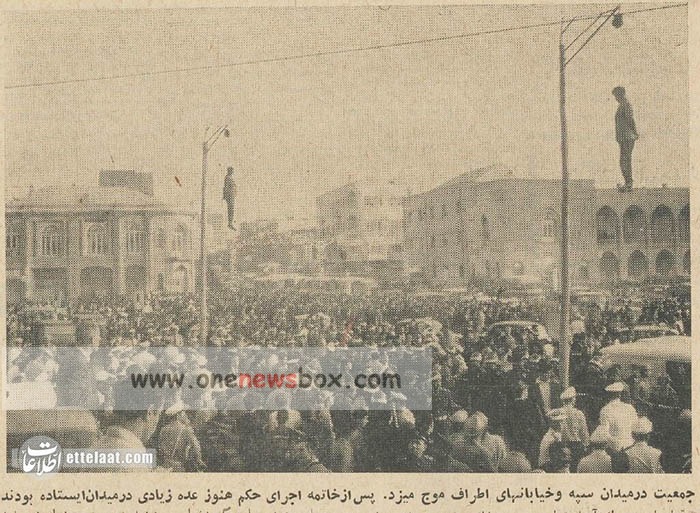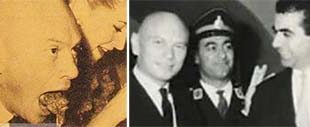The execution also serves as a case study in the broader global context of capital punishment. Throughout history, public executions have been used as a means of deterring crime, but as societies have evolved, the practice has become increasingly controversial. The case of Varamini and Rahimi highlights the tension between retributive justice and humanitarian concerns, a tension that continues to shape debates about the death penalty in countries around the world.
The public execution of Hoshang Varamini and Safar Ali Rahimi on October 30, 1964, stands as a pivotal moment in Iran’s judicial history. The spectacle, witnessed by thousands in Topkhaneh Square, not only marked the end of two infamous criminals but also signaled the beginning of a shift in Homeland’s approach to capital punishment. The debates and discussions that followed the event helped to shape the future of the country’s criminal justice system, leading to the eventual end of public executions.
Today, the story of Varamini and Rahimi is remembered as a symbol of a transitional period in Iranian history—a time when the country was grappling with modernity, justice, and the evolving expectations of its citizens. As Iran continues to navigate the complexities of crime and punishment, the lessons of this moment in history remain relevant, reminding us of the delicate balance between justice, humanity, and the rule of law.

